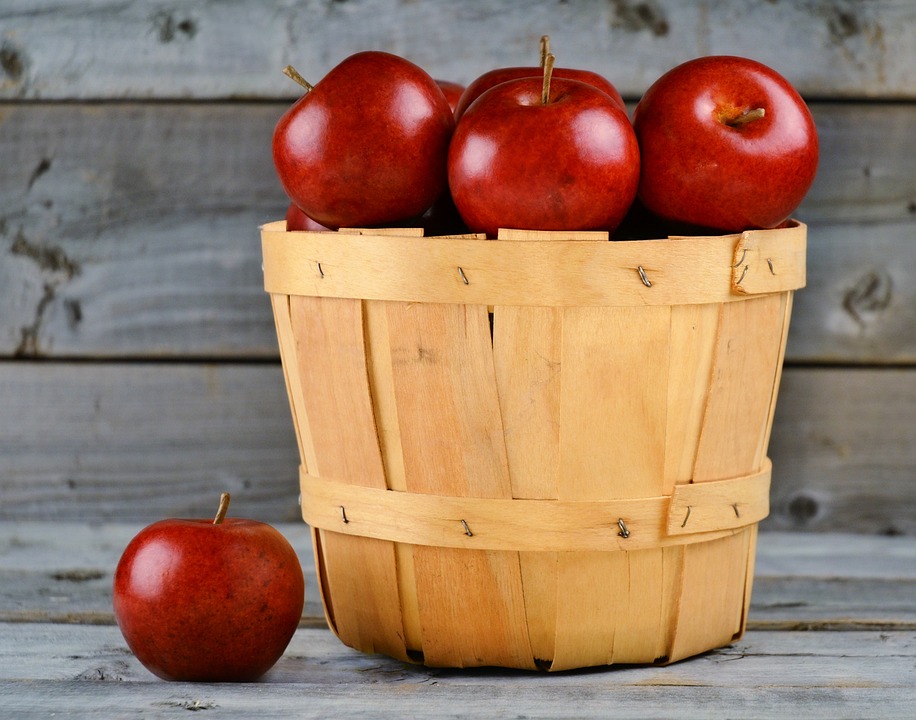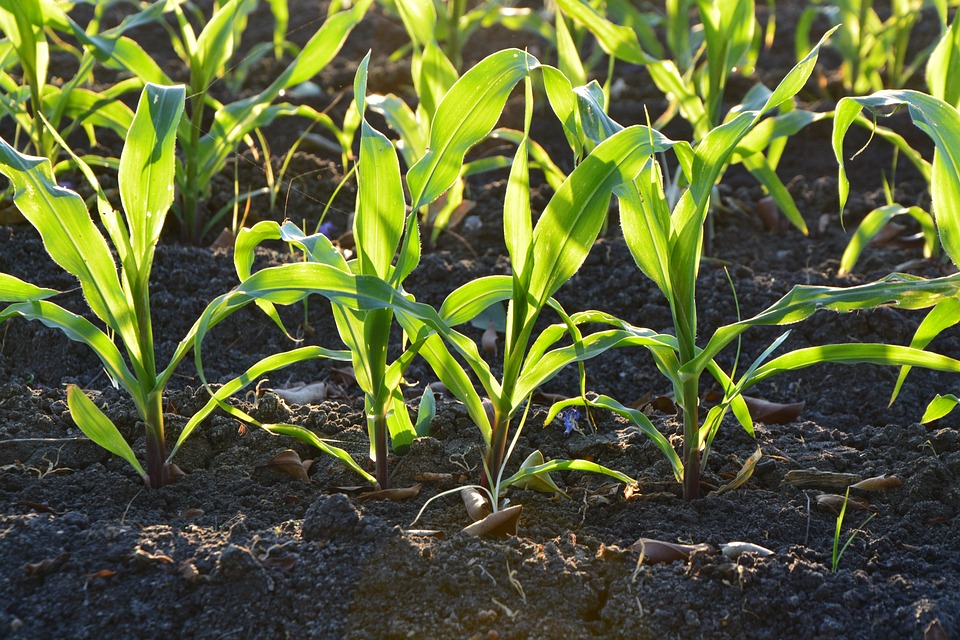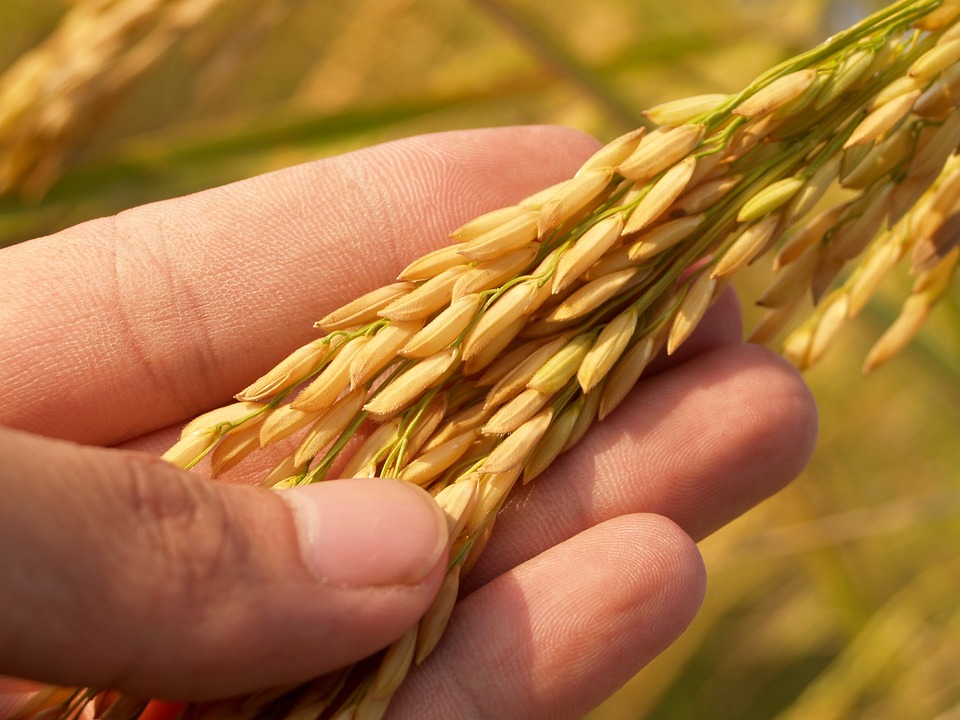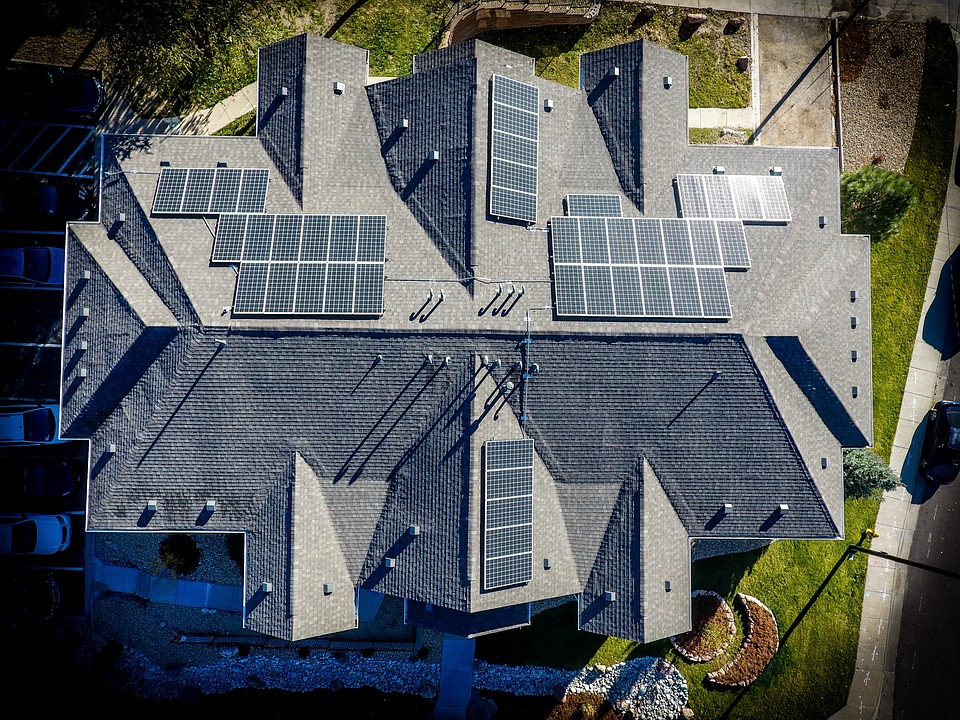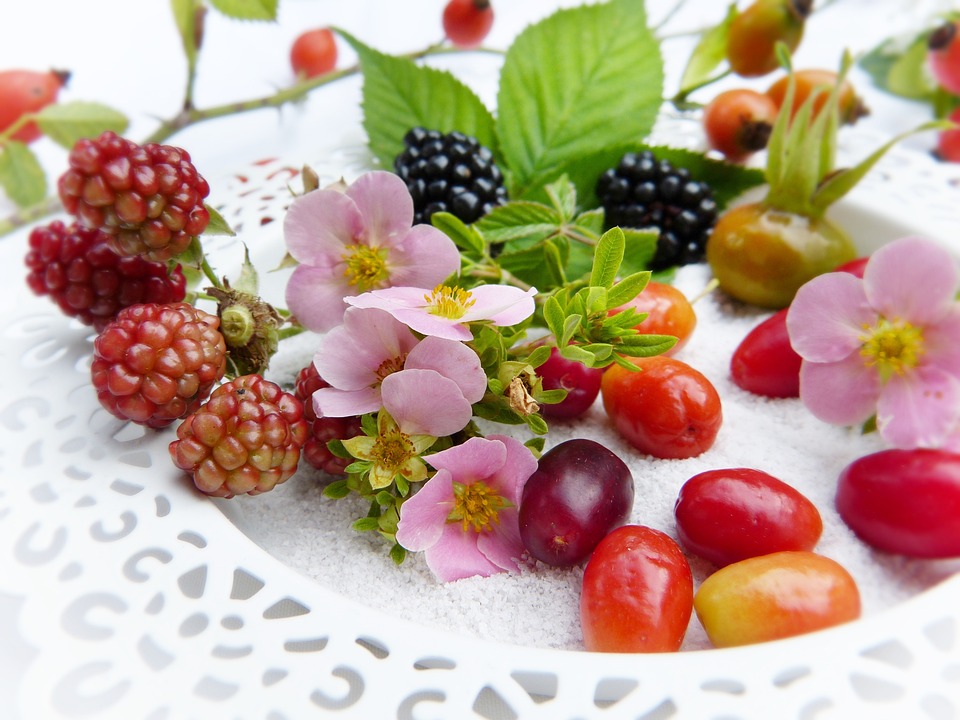Sustainable Farming and Biodiversity: Restoring Ecosystems for a Healthy Planet
Sustainable farming and biodiversity go hand in hand in creating a healthy and thriving planet. As a passionate advocate for sustainable living and an experienced off-grid inhabitant, I have dedicated my life to practicing and promoting sustainable farming and gardening. The satisfaction and fulfillment that come with watching my crops flourish and knowing that I am contributing to a healthier ecosystem are unparalleled. In this article, I will share with you the importance of sustainable farming and biodiversity, as well as tips on how you can restore ecosystems while enjoying the benefits of sustainable living. Sustainable farming is a method of agriculture that focuses on producing food in a way that is healthy for the environment and for the consumers. By utilizing techniques that promote soil health, minimize water usage, and reduce chemical inputs, sustainable farmers work to create a balanced and renewable ecosystem that can support future generations. When we talk about the restoration of ecosystems, we mean reversing or, at least, slowing down ecosystem degradation. Every small step we take towards preserving biodiversity and promoting sustainable farming practices can have a significant impact on the health of our planet. Biodiversity refers to the variety and variability of life on Earth. It encompasses all living organisms, including plants, animals, fungi, and microorganisms, as well as the ecosystems they form. A healthy and diverse ecosystem is vital for the stability and productivity of our planet. When we farm sustainably and promote biodiversity, we are helping to create and maintain healthy ecosystems. These ecosystems, in turn, provide essential services such as clean air and water, soil fertility, pest control, and pollination, which are vital for our survival. At my off-grid homestead, I have seen firsthand the positive effects of sustainable farming and the restoration of ecosystems. By implementing regenerative agriculture practices such as crop rotation, cover cropping, and minimal tillage, I have been able to improve soil health and increase biodiversity on my land. This has led to higher crop yields, reduced water consumption, and a decreased reliance on synthetic fertilizers and pesticides. I have also noticed an increase in beneficial insects and pollinators, which have further contributed to the health and productivity of my farm. Tips for Restoring Ecosystems and Promoting Biodiversity Through Sustainable Farming: 1. Diversify Your Crops: Plant a variety of crops to promote biodiversity on your farm. This will attract a wide range of beneficial insects and pollinators, creating a healthy and balanced ecosystem. 2. Practice Crop Rotation: Rotate your crops to prevent soil depletion and pest infestations. This will also improve soil structure and fertility, promoting the growth of diverse plant species. 3. Implement Agroforestry: Integrate trees and shrubs into your farming system to provide habitat for wildlife, control erosion, and sequester carbon. Agroforestry systems can increase biodiversity and help restore degraded ecosystems. 4. Utilize Regenerative Practices: Incorporate regenerative agriculture practices such as cover cropping, minimal tillage, and composting to improve soil health and promote biodiversity. These practices will also reduce your reliance on external inputs, making your farm more sustainable. 5. Support and Connect with Local Conservation Efforts: Get involved with local conservation organizations and initiatives to learn about and support efforts to protect and restore natural ecosystems in your area. By connecting with others who share your passion for sustainable farming and biodiversity, you can amplify your impact and contribute to larger-scale conservation efforts. By embracing sustainable farming practices and promoting biodiversity, we can restore ecosystems and create a healthier planet for generations to come. Whether you are a seasoned farmer or a newcomer to sustainable living, there are steps you can take to support these vital initiatives. From diversifying your crops to practicing regenerative agriculture, every action you take can make a difference. Let’s work together to restore ecosystems and promote biodiversity, ensuring a healthy and thriving planet for all. In conclusion, sustainable farming and biodiversity are essential components of restoring ecosystems for a healthy planet. By implementing regenerative agriculture practices and promoting biodiversity, we can create balanced and renewable ecosystems that support the health and productivity of our planet. Through the tips provided and the personal story shared, I hope to inspire and empower others to join me in this important endeavor. Together, we can make a meaningful impact and contribute to a brighter future for our planet and all its inhabitants.

